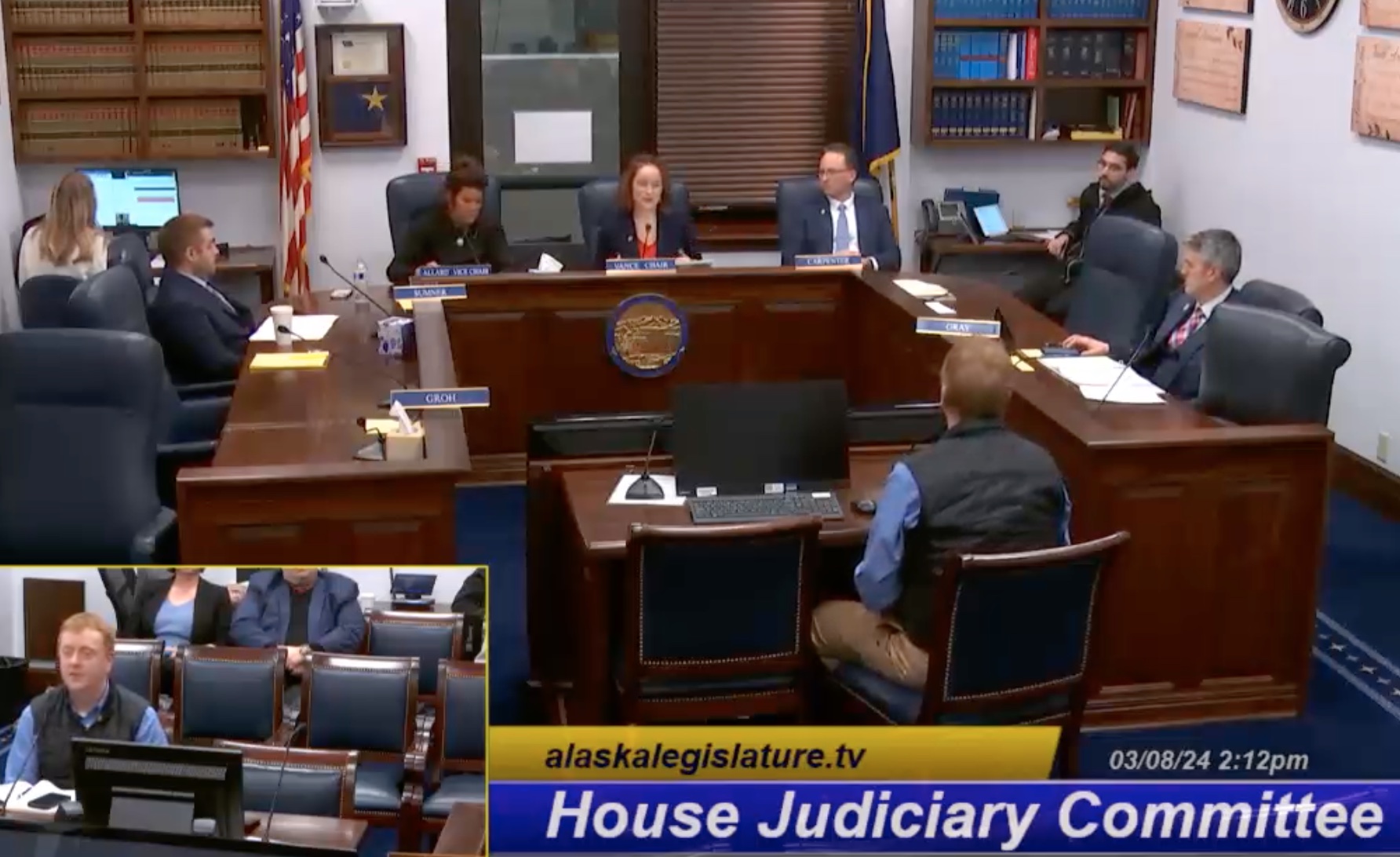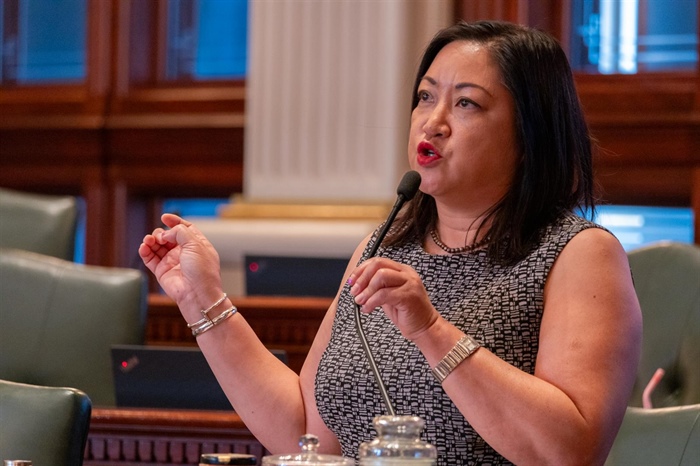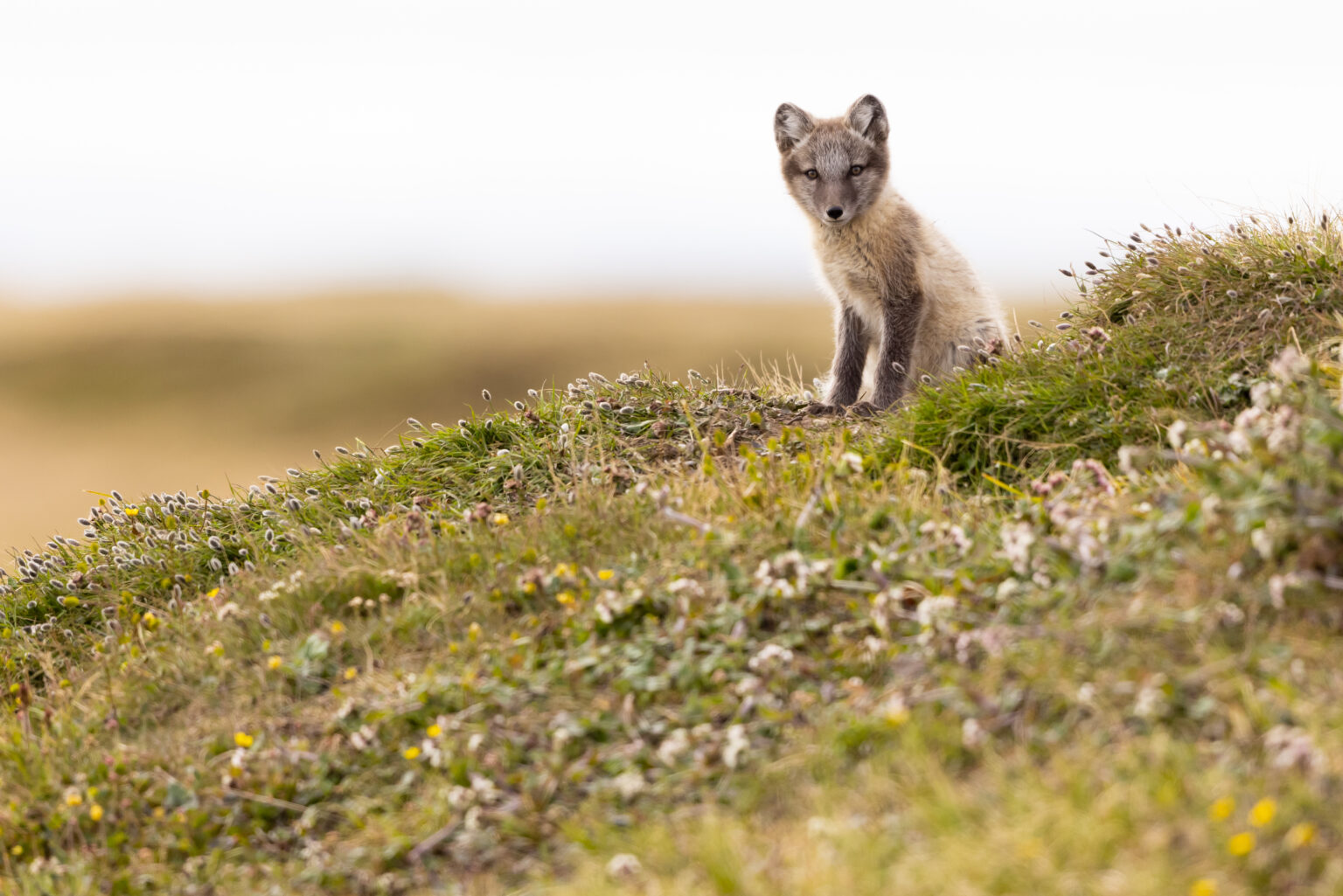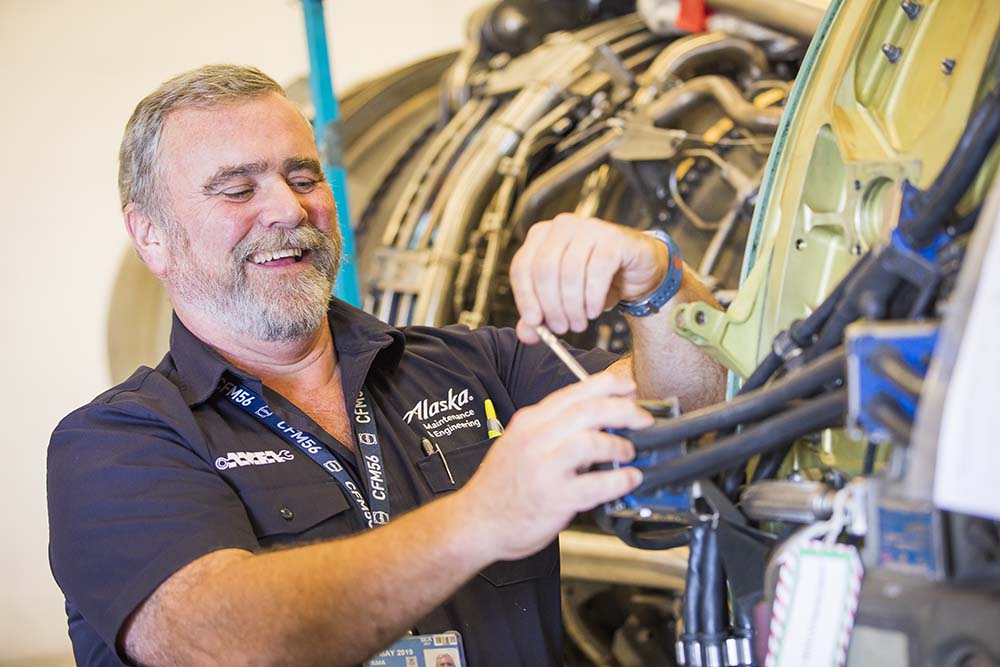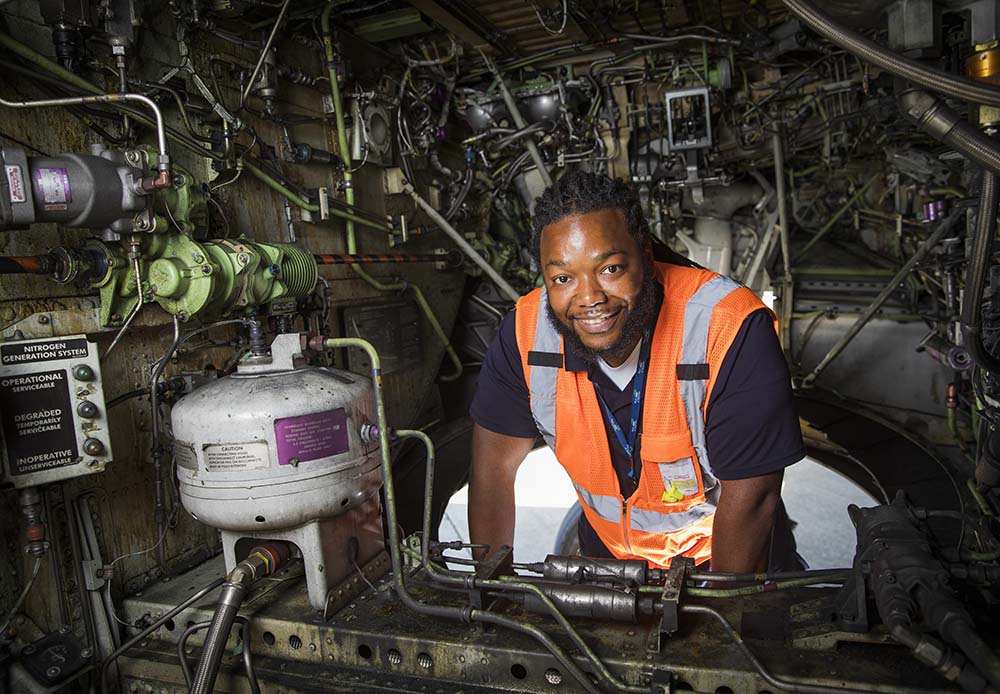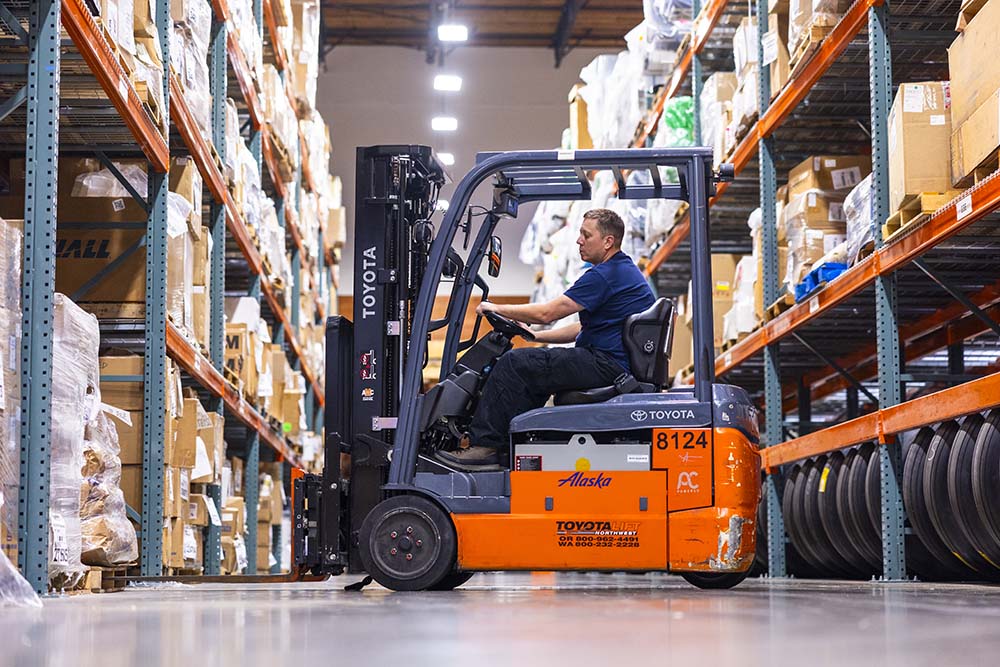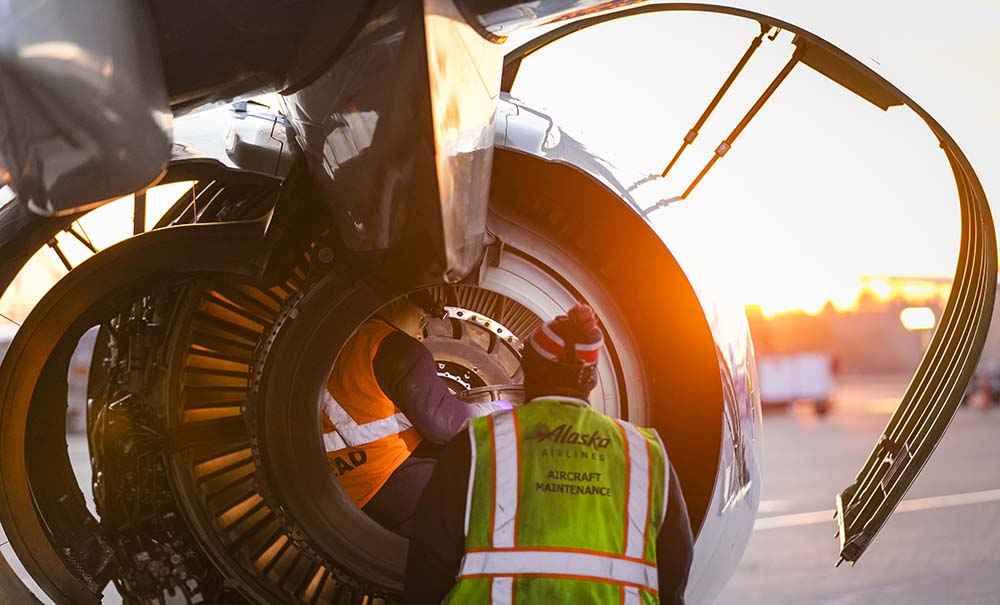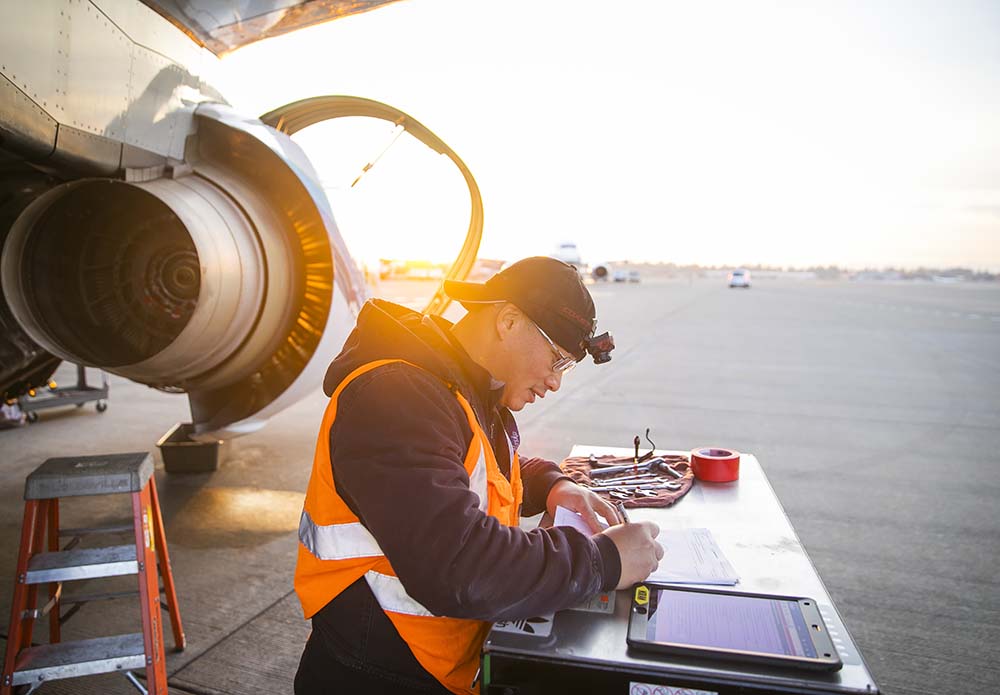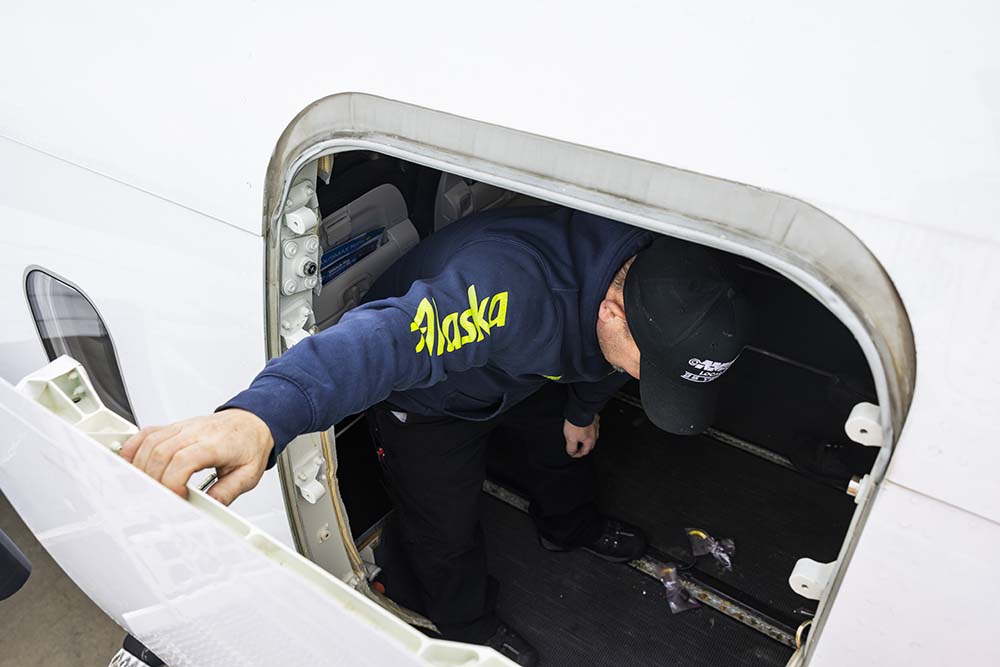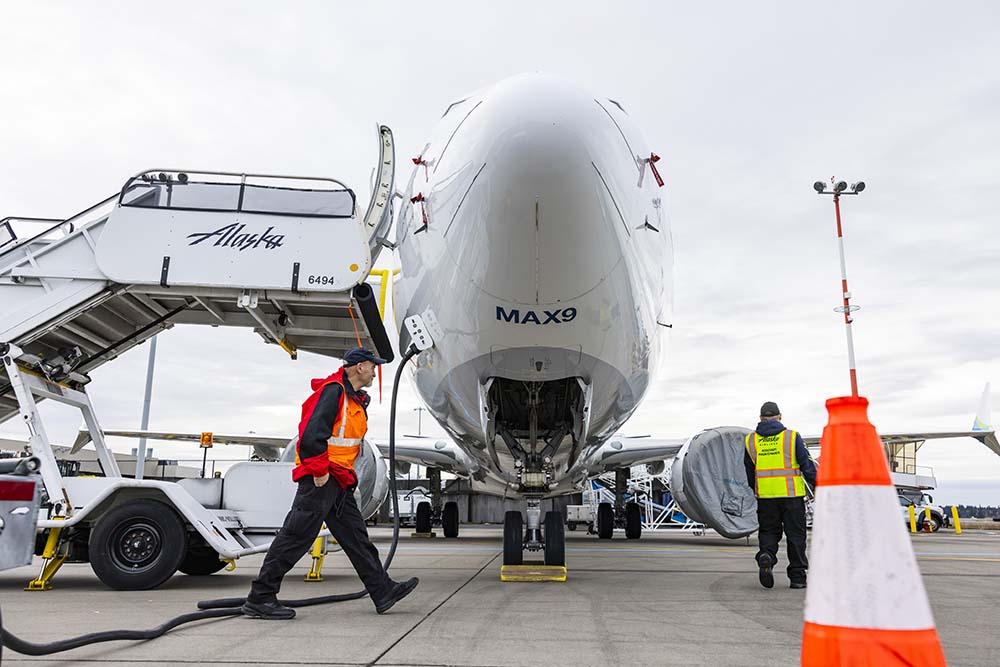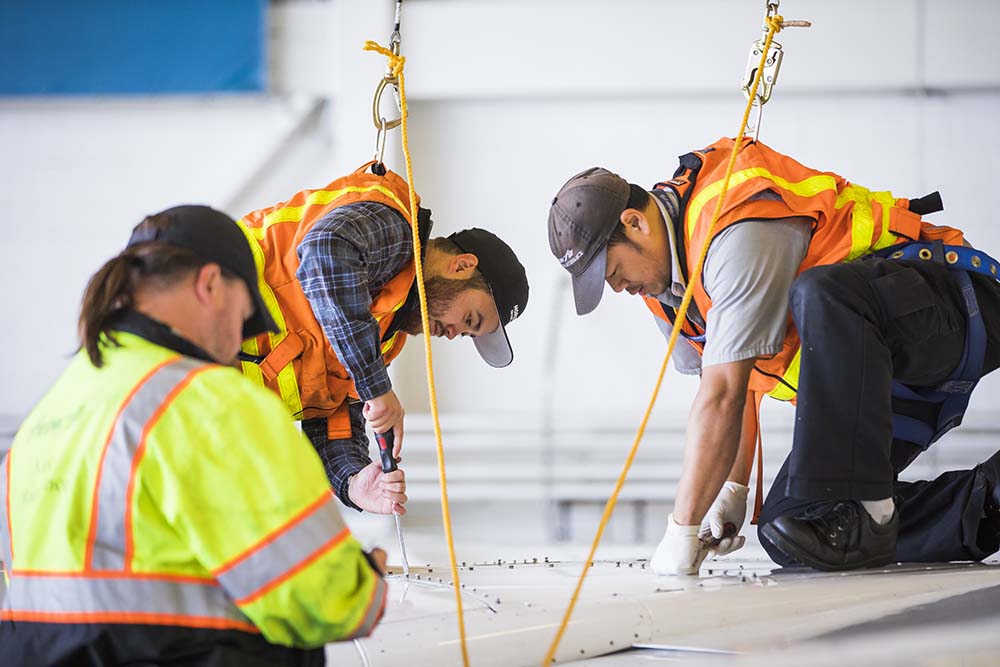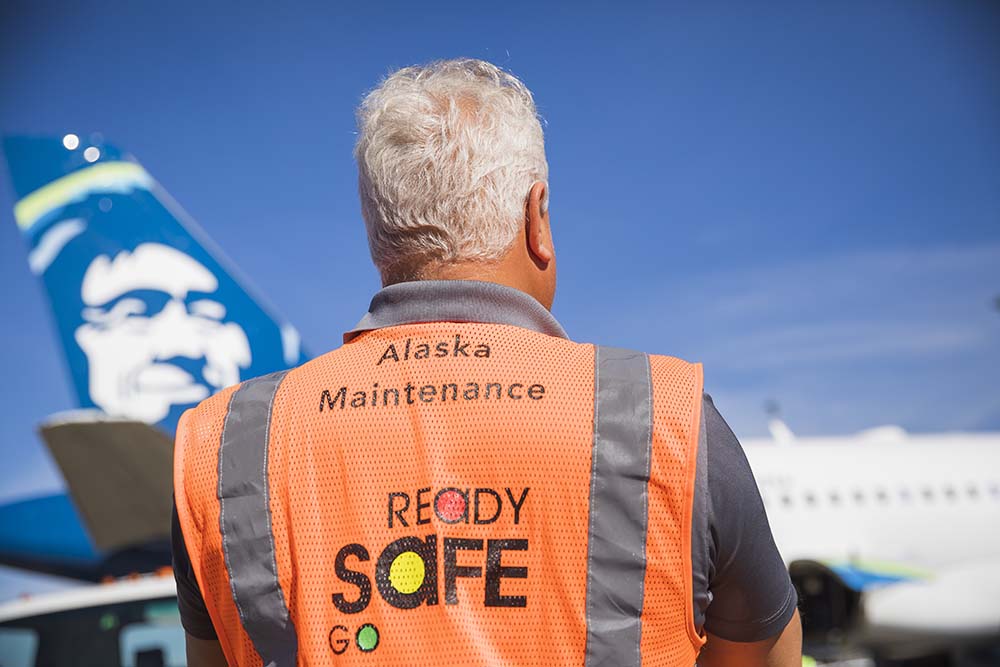By DAVID EASTMAN
The legislature recently held confirmation hearings for three appointees to the hyper-partisan Legislative Ethics Committee. I highly recommend watching the first hearing, as it offers a rare glimpse into why it is not at all surprising to legislators that Alaska was just again ranked the #1 most corrupt state in the union.
By the end of the hearing, Democrats on the committee were in full blown damage control mode.
Watch the committee meeting here.
For years, the unelected members of the Legislative Ethics Committee have operated as highly partisan quasi-legislators who have never actually been elected to any office.
Because they were never elected and are therefore not subject to recall, they don’t represent voters. Nominally, they represent the chief justice of the Alaska Supreme Court, who appoints them to 3-year terms. However, since most of the public members have worked with the committee for well over twenty years, for all practical purposes, they simply represent themselves.
This is what was on full public display during yesterday’s confirmation hearing.
While the committee is supposed to be politically neutral, of the six individuals currently appointed to the committee by the chief justice, four participated in the effort to recall Governor Dunleavy (a no-no for appointees to the committee), the fifth appointee has teamed up with the ACLU in her current lawsuit against the Division of Elections and received a $50,000 contract from the Ethics Committee itself (a clear no-no for appointees to the committee), and the sixth appointee is a Democrat megadonor with frequent donations to groups like “Stop Republicans” and the Alaska Senate Democratic Campaign Committee (again a clear no-no for appointees to the committee).
According to testimony from the returning appointees, they see nothing wrong with the current makeup of the committee and would like it to continue “for the sake of continuity”. Democrat legislators on the Judiciary Committee were also quick to applaud their “many years of service” on the Ethics Committee, despite the fact that all three appointees have participated in clear ethics violations since their appointment.
While the recall petition and lawsuit were each mentioned in passing, the bulk of the committee’s questions related to the fifth appointee, Joyce Anderson. She received the $50,000 contract from her long-time fellow members of the Ethics Committee (a no-no for an appointee to any committee, least of all an appointee to the ethics committee).
Her fellow members of the Ethics Committee saw nothing wrong with this arrangement. She asked the attorney they hired and he said it was ok.
Even so, when she was asked during her confirmation hearing what her hourly rate was under the contract she refused to answer.
It is an interesting study in human psychology to watch as individuals who have been sitting on the Ethics Committee, enforcing public transparency requirements for decades, come finally to view those same public transparency requirements as entirely optional in their case.
Imagine the state of mind required to have an hourly state contract of up to $50,000, paid by taxpayers, then to come before the legislature for a confirmation vote and refuse to answer questions about how much you were getting paid for your work.
The irony here is that when this contract was about to be voted on by the ethics committee a fellow member of the committee asked her on the record what her hourly rate was, and she declined to answer then as well. At the time, she dodged the question by saying that she didn’t know what her hourly rate was, but that her hourly rate had been approved by the committee at their previous meeting. Only, it never was.
The hourly rate for each of the committee’s contracted staff were discussed in detail and approved at a previous meeting; that is, the hourly rate for every contract, except hers.
The Contract That Never Was
The missing details from the contract sparked questions over how the contract had come to be approved in the first place, and by whom. Notably, when the Judiciary Committee requested a copy of the missing contract they were informed that a copy of the contract was unavailable because no such contract actually existed.
The contract that the public was told had been approved by the Ethics Committee turned out not to be a contract at all. The chair of the Ethics Committee, whom Ms. Anderson had worked closely with for the last twenty-three years, and whom she anticipated continuing to work closely with for another 3-year term, arranged for her to instead be hired as a legislative employee with full benefits.
Of course, state law (that same law the Ethics Committee is supposed to be enforcing) explicitly bars a legislative employee from being appointed to, or serving on, the Ethics Committee.
“A legislative employee may not serve in a position that requires confirmation by the legislature.” (AS 24.60.030(f))
“A committee employee, including a person who provides personal services under a contract with the committee, may not be…an elected or appointed official…” (AS 24.60.130(f))
“Public members of the committee serve without compensation for their services…” (AS 24.60.130(f))
Ms. Anderson, while serving as a voting member of the Ethics Committee, was also hired as a legislative employee of the Ethics Committee on July 17, 2023. At the August 10th meeting of the Ethics Committee, she sought blanket, retroactive approval of her employment, described then as a contract, She also requested a retroactive “temporary leave of absence” beginning on July 17th. As a voting member of the committee, when the vote was taken she abstained from voting on her own request.
Because of the inherent conflict of interest associated with hiring someone with whom you are currently working on a board (and in this case had served with on the same board for many years and intended to serve with on the same board for many years to come), our state ethics laws explicitly bar you from continuing to hold your appointed seat on that same board. This would be true for any legislative committee, least of all an ethics committee.
It is noteworthy that none of the permanent members of the ethics committee noticed anything inappropriate with this arrangement at the time. It is perhaps even more notable that when Ms. Anderson and Mr. Cook were questioned about it they continued to insist that retroactive approval from their fellow members on the committee fully resolved the conflicts.
Ms. Anderson’s employment with the committee began on July 17th and continued through February 21st. While employed by the legislature, Ms. Anderson continued to serve alongside other committee members on the committee’s official subcommittee. While employed as a legislative employee, she also went to meet with the chief justice and lobby him to reappoint her to the Ethics Committee, which he did. When questioned about the propriety of this, she did not see anything wrong with this.
As there were some concerns that the legislature might not immediately confirm appointees who had already served on the committee literally for decades, the committee requested that the chief justice delay reappointing members of the committee until their current terms of office had already expired. By intentionally delaying the reappointments until later in the legislative session, current members of the committee could stay on the committee an extra year, even if the legislature flatly rejected their reappointment. The chief justice did so. Again, when questioned, Ms. Anderson did not see anything concerning about this.
As Ms. Anderson reported, she appraised the chief justice of the circumstances surrounding her continued employment with the committee and he saw nothing wrong and went ahead and reappointed her, despite the fact that she was legally barred from accepting an appointment to the committee while continuing to be employed by the legislature.
- “A legislative employee may not serve in a position that requires confirmation by the legislature.” (AS 24.60.030(f))
No doubt a retroactive leave of absence from some of her long-time colleagues on the committee will be in the works for this latest appointment as well.
After all, the hyperpartisan character of the committee could be put in jeopardy if even one member of this committee ever retires.
Given that the four longest-serving members of the committee, including Ms. Anderson, average more than twenty years a piece with the committee, efforts to retain the current political orientation of the committee are likely to grow increasingly difficult over time.
Resumes for each of the three recent appointees to the committee are available on the House Judiciary Webpage.
Rep. David Eastman is a legislator representing Wasilla District 27.

